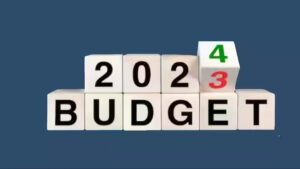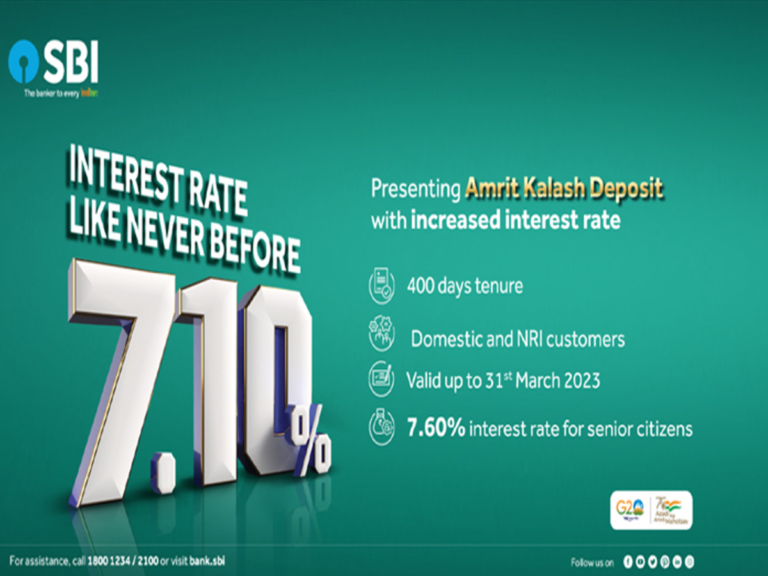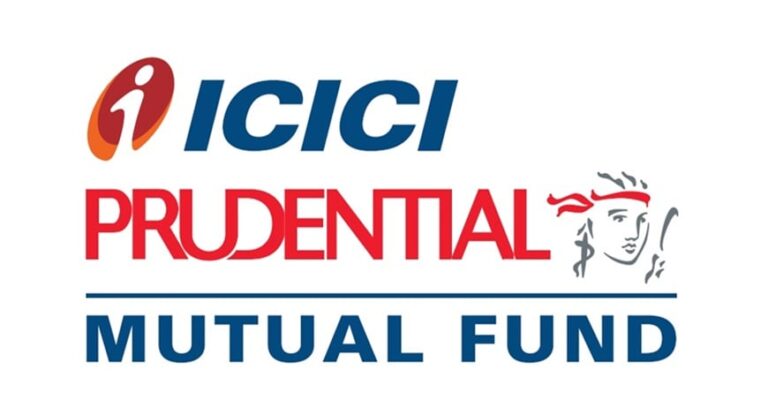Interim Budget 2024: All Key Terms Explained To Help Understand Union Budget.

As anticipation builds for the Interim Budget 2024, slated for presentation on February 1, 2024, by Finance Minister Nirmala Sitharaman, citizens must grasp the intricate terminology integral to the upcoming budget speech. The interim budget holds heightened significance as it precedes the impending general elections. In this article, we aim to provide readers with an in-depth understanding of essential terms associated with the budgetary process, facilitating a nuanced comprehension of the fiscal intricacies that will shape India’s economic trajectory.
Also Read: How to Open an SIP Account Online? (Step-by-Step Method Explained)
Contents
What is the Union Budget and Economic Survey?
Union Budget
The Union Budget, colloquially known as the Annual Financial Statement (AFS), is a cornerstone in India’s financial landscape. Governed by Article 112 of the Constitution, this annual exercise meticulously details the government’s projected revenue and expenditure for the upcoming fiscal year.
Think of the Union Budget as a giant plan that the government makes every year. It’s like creating a big list of how much money the government will get and how it plans to spend that money on different things like roads, schools, and hospitals.
Economic Survey:
Simultaneously, the Economic Survey, presented by the finance ministry before the Union Budget, acts as a comprehensive overview of the preceding financial year, offering insights into economic performance and projections, and setting the stage for subsequent budgetary decisions.
This is like a report card the government gives itself. It tells us how well or not so well the country’s money and economy did in the past year and what the government hopes to achieve in the coming year.
Financial Indicators in Focus:
As Finance Minister Nirmala Sitharaman addresses the nation during the budget speech, several critical financial indicators will come under scrutiny. Understanding these indicators is pivotal for citizens seeking insights into the government’s expenditure plans. Let’s delve into some of these key terms:
Inflation:
Inflation, expressed as a percentage, measures the rate at which products and services in an economy increase over time. A rise in inflation signals a decrease in the country’s currency value and purchasing power, impacting the cost of living for citizens.
Imagine if the price of your favorite snacks keeps going up every month. That’s what inflation is – the rate at which prices increase. When inflation happens, the money you have might not buy as much as it used to.
Fiscal Policy:
Fiscal policy outlines the estimated taxation and government spending, serving as a crucial instrument to monitor the country’s economic position. It involves adjustments in spending levels and tax rates, influencing aggregate demand, employment, inflation, and economic growth.
Think of fiscal policy as the government’s game plan for spending and collecting money. If the government decides to build more schools and roads, it’s spending money. If it reduces taxes, it’s trying to give people more money to spend.
Fiscal Deficit:
Fiscal deficit occurs when a government’s total expenditure surpasses its total revenue, excluding external borrowings. For developing countries like India, maintaining a healthy fiscal deficit ratio is imperative, as it reflects the government’s ability to meet both revenue and capital expenditure needs.
Suppose you have $100, but you spend $120. That $20 extra you spent is like a fiscal deficit. It’s when the government spends more money than it actually has.
Divestment:
Divestment is the strategic process of selling existing government assets. Often employed to liquidate underperforming assets, divestment is a financial strategy aimed at optimizing the government’s resource allocation.
Imagine you have a toy that you don’t play with anymore. Selling that toy is like divestment. The government sells things it doesn’t need anymore to get more money.
Capital Expenditure (Capex):
Capital expenditure refers to funds used by the government to acquire, maintain, or upgrade physical assets, including infrastructural projects. These investments are classified as long-term expenditures, contributing to the country’s overall development.
If you decide to buy a new bicycle that you’ll use for a long time, that’s like capital expenditure. The government spends money on things that will be useful for a long time, like building a new highway.
Customs Duty and Goods and Services Tax (GST):
Customs duty is a levy imposed on certain goods during import/export, providing the government flexibility to announce changes. In contrast, changes to the Goods and Services Tax (GST) fall under the purview of the GST Council and are not part of the budget.
Suppose you bring a toy from another country. The extra money you pay when bringing that toy is like customs duty. Goods and Services Tax (GST) is like a tax on things you buy or services you use. It’s not announced in the budget, but changes can affect your expenses.
Direct Tax (Income Tax):
Direct taxes, encompassing income tax and corporate tax, play a vital role in revenue generation. While major announcements regarding income tax may not be expected, minor adjustments might be introduced.
If you get $10 for helping a neighbor and your mom takes $2 for herself, that $2 is like income tax. It’s a small part of the money you earn that goes to the government.
Current Account Deficit (CAD):
The Current Account Deficit (CAD) measures a country’s trade balance, indicating when the value of imported goods and services exceeds that of exports. It is a component of the country’s balance of payments.
Imagine you and your friends trade stickers. If you give away more stickers than you get, that’s a sticker deficit. For countries, it’s similar – if they buy more things from other countries than they sell, it’s a current account deficit.
Revenue Deficit and Revenue Surplus:
A revenue deficit arises when the government’s net income falls short of projected figures, signaling potential overspending. In contrast, revenue surplus occurs when realized income surpasses projections, indicating financial prudence.
If you plan to spend $30 on snacks but you only have $25, that $5 gap is like a revenue deficit. If you have $30 and spend only $25, you have a revenue surplus.
Plan and Non-plan Expenditure:
Budgetary expenditure is divided into plan and non-plan categories. Plan expenditure involves budget estimates determined through discussions with stakeholders or ministries, while non-plan expenditure includes recurring costs like interest payments, pensions, and salaries.
Think of your pocket money. If you decide to save some for a new video game (your plan), that’s plan expenditure. Buying snacks (non-plan) is just regular spending.
Conclusion:
As Finance Minister Nirmala Sitharaman unfolds the intricacies of the Interim Budget 2024, a nuanced understanding of these key terms will empower citizens to navigate the complexities of the Union Budget. Beyond deciphering the financial jargon, this knowledge serves as a tool for citizens to critically analyze the economic decisions that will shape India’s future. Stay informed and let this comprehensive guide be your companion in unraveling the fiscal intricacies of the upcoming budgetary announcements.






The thoughtful analysis in this article sets it apart.❤️